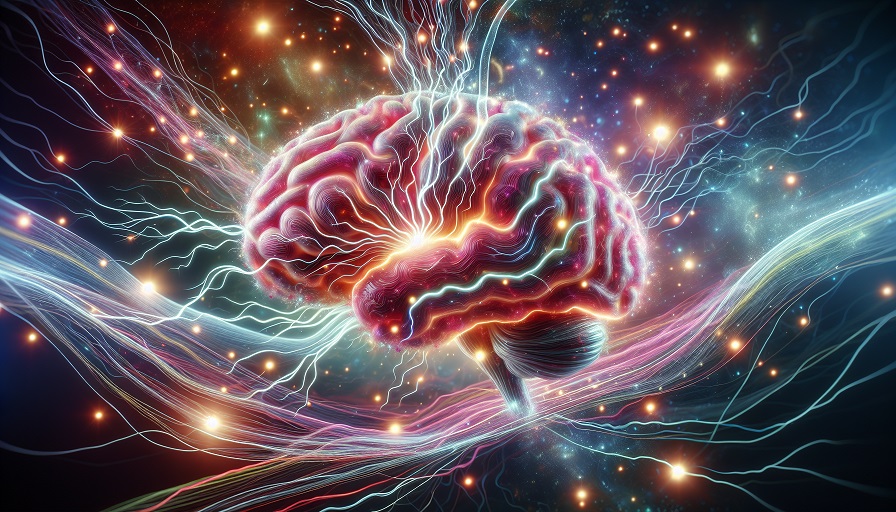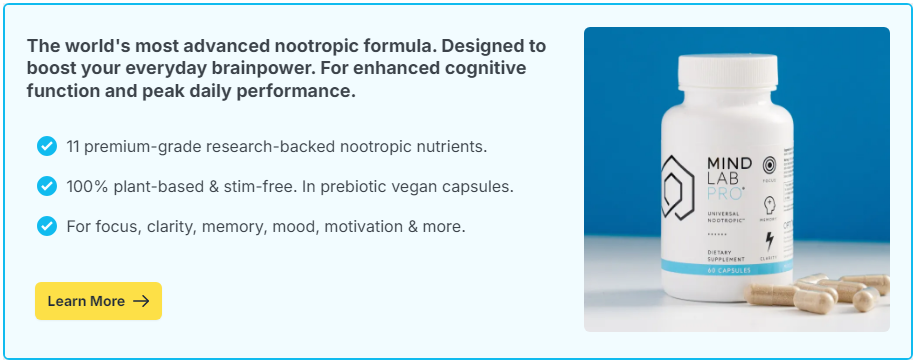
Today, we can peer into the brain with MRI scanners, map neural networks, and analyze the chemistry of thought. But before neuroscience existed, intelligence was not measured in reaction times or working memory tests – it was interpreted through the symbolic, mystical framework of alchemy and related traditions. For the pre-scientific mind, “brainpower” was an alchemical art: a fusion of spiritual refinement, moral virtue, and mastery over hidden natural forces. Understanding how people once thought about thinking offers insight into the roots of our modern fascination with cognition.
Contents
- Alchemy as a Cognitive Model
- Knowledge as Transformation
- The Symbolic Brain: Elements, Humors, and Metals
- Memory Palaces and Mental Furnaces
- Limits of the Alchemical Model
- How Pre-Scientific Ideas Foreshadowed Modern Neuroscience
- Nootropics and the Alchemical Mind
- What We Can Learn from the Alchemical View
Alchemy as a Cognitive Model
Alchemy is most often remembered as a quest to turn base metals into gold or to discover the philosopher’s stone. Yet for medieval and Renaissance thinkers, these processes were also metaphors for inner transformation. The alchemist’s laboratory symbolized the human mind, and transmutation represented the refinement of thoughts and moral character.
Texts from the period are filled with references to “purifying the intellect,” “calcining false beliefs,” and “distilling wisdom.” In the absence of neurological understanding, cognition was seen as a process of balancing elements – fire, water, air, and earth – not just in the world but within the self. To “think well” meant to harmonize these inner substances so that reason and imagination worked in concert.
Knowledge as Transformation
In alchemical philosophy, acquiring knowledge was not simply about collecting facts. Instead, it was an active, transformative act. Just as an alchemist refined a substance through repeated distillation, a scholar was expected to refine ideas through contemplation, discourse, and moral discipline.
This process was deeply tied to the concept of gnosis – a kind of wisdom that went beyond intellectual understanding to include spiritual insight. In this view, the most “powerful” minds were not those who memorized the most, but those who could integrate knowledge into a deeper, almost mystical comprehension of the cosmos and their place within it.
The Symbolic Brain: Elements, Humors, and Metals
In the pre-scientific world, the brain was often described through analogies to substances and processes in nature. The theory of the four humors – blood, phlegm, yellow bile, and black bile – was used to explain personality, emotional balance, and intellectual capacity. A “choleric” temperament was thought to produce quick, decisive thought, while a “phlegmatic” mind processed ideas more slowly but with stability.
Alchemists layered their own symbolic system on top of this. The mind’s “mercury” represented adaptability and quick thinking, “sulfur” symbolized passion and will, and “salt” stood for stability and grounded judgment. A skilled thinker, like a skilled alchemist, would balance these qualities to produce a “golden” mind – brilliant, pure, and incorruptible.
Memory Palaces and Mental Furnaces
In the absence of written reference tools, memory itself was considered a form of intellectual gold. Techniques like the “memory palace” were seen as mental alchemy – turning abstract information into concrete, visual images placed in an imagined architectural space. These images could be “heated” with attention, “cooled” into storage, and “reheated” when retrieval was needed. This language of furnaces, crucibles, and distillations allowed thinkers to conceptualize the invisible work of thought long before neurons were known to exist.
Limits of the Alchemical Model
While rich in symbolism, the alchemical model of cognition lacked the empirical grounding we now expect from science. Misinterpretations of bodily fluids, elemental correspondences, and cosmic alignments led to conclusions we now know to be inaccurate. Yet, these symbolic systems served a real purpose: they provided a shared vocabulary for discussing complex mental phenomena in an era without microscopes, chemical analysis, or brain imaging.
How Pre-Scientific Ideas Foreshadowed Modern Neuroscience
Interestingly, some alchemical metaphors map surprisingly well onto modern concepts. The idea that thought involves transformation, for example, echoes the way modern neuroscience describes learning as synaptic reorganization. The alchemical emphasis on balance between different mental “substances” parallels our current understanding of neurotransmitter regulation. And the belief that inner discipline sharpens cognition finds support in research on mindfulness and neuroplasticity.
Nootropics and the Alchemical Mind
Today, we might reach for brain supplements or nootropics to enhance focus, memory, or mental clarity. In the alchemical worldview, such aids were the “elixirs” of the intellect – herbal concoctions or specially prepared minerals believed to boost inner faculties. While ancient recipes rarely worked as advertised, the underlying impulse is the same: to find physical means of amplifying mental power. In this way, the tradition of cognitive enhancement is older than modern science, stretching back to the very beginnings of human self-reflection.
What We Can Learn from the Alchemical View
Modern neuroscience rightly demands data and reproducibility, but the alchemical approach reminds us that cognition is more than a series of electrical impulses. For our pre-scientific ancestors, thinking was deeply personal, moral, and spiritual. By integrating symbolic meaning into the process of learning, they created a holistic – if scientifically inaccurate – model of the mind that valued both knowledge and wisdom.
While we no longer believe that quicksilver governs wit or that black bile dulls the intellect, the metaphorical richness of the alchemical tradition still offers inspiration. It reminds us that the quest to understand thinking has always been as much about meaning as it is about mechanism.
In the pre-scientific world, brainpower was not measured in IQ points or working memory span – it was measured in one’s ability to transform knowledge into wisdom, to balance the mental “elements,” and to achieve inner harmony. Alchemy’s vision of the mind as a crucible for transformation, though steeped in symbolism, reflects a timeless truth: understanding ourselves has always been both an art and a science, no matter the era.

